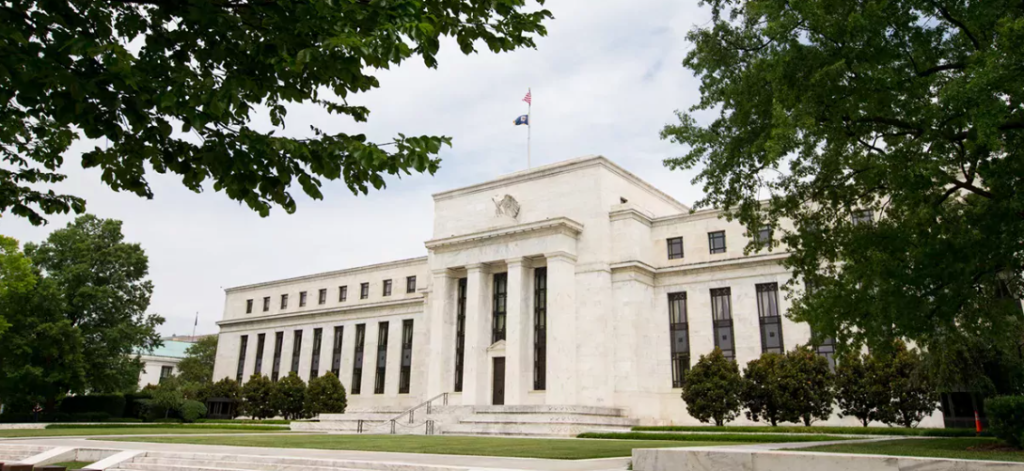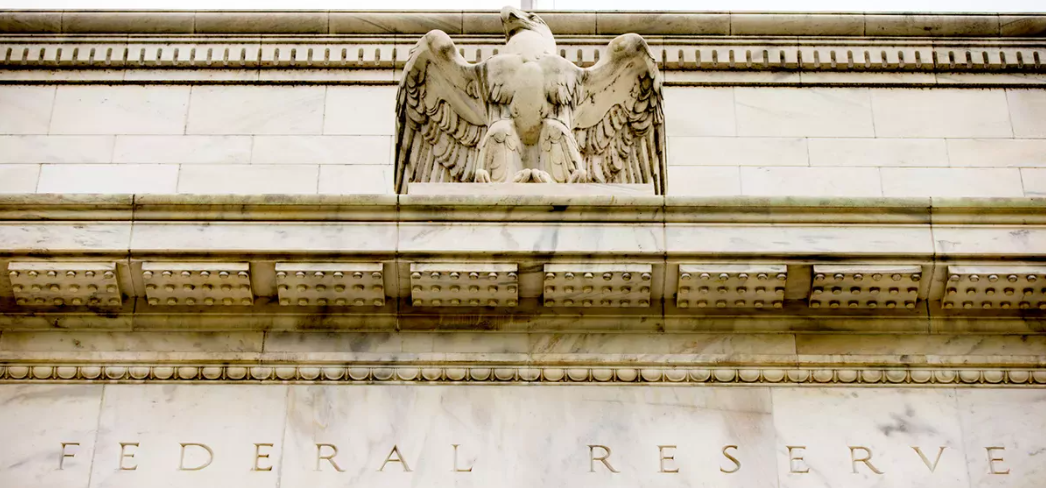
David Duran
Senior Investment Advisor
Sessions come and go, but a sideways trend has prevailed since the beginning of July.
Original article published in French on agefi.com

Several key indicators were published over the past fortnight. The US employment report for June confirmed that the labor market was holding up well overall, with the unemployment rate down from 3.7% in May to 3.6% in June, and wage inflation stable at 4.4% year-on-year. Net job creation totaled 209,000 in June, below expectations and the 306,000 recorded a month earlier. The rather moderate pace of hiring growth is welcome from the point of view of easing inflationary pressures, but not yet sufficient to call into question a further rate hike by the FOMC on July 26.
US price indicators published last week point to some disinflation. The consumer price index for June shows measured monthly rises (0.2% for the total index, 0.2% for the index excluding energy and food) and sharply declining annual rates (respectively 3% vs. 4% in May, 4.8% after 5.3%). The producer price index, for its part, reflects a year-on-year rate of just 0.1%, and a reasonable increase of 2.4% on the sub-index excluding energy and food.
The reassuring price trend has reinforced investors’ expectations: they have fully priced in the 0.25% Fed funds rate hike scheduled for next week, but are firmly banking on a monetary status quo thereafter, followed by a first rate cut as early as March 2024. However, the Federal Reserve’s governors are maintaining a stance that leaves the door wide open to further monetary tightening, noting that the disinflationary trend still needs to be confirmed over the coming months and that the labor market remains relatively tight.
Against this uncertain macroeconomic backdrop, the yield on the 10-year Treasury bond went through a yo-yo phase at the beginning of the month, rising above the 4% mark fueled by an ADP survey that augured very robust job growth, then falling back to 3.75% thanks to lower-than-expected inflation figures. However, the trend over this period is sideways, like the equity indices, which initially suffered from the strength of employment before recovering lost ground on the back of hopes of rate cuts as early as next year.
With the exception of the USA, all eyes are on China, where signs of economic slowdown continue to mount. In the second quarter, GDP growth in China was a disappointing 6.3% year-on-year, against expectations of over 7%. Moreover, annual consumer price inflation was nil (0% in June after 0.2% in May), while producer prices fell sharply (-5.4% year-on-year in June after -4.6% in May). In fact, China faces the risk of deflation despite the lifting of anti-Covid restrictions last winter.
In Europe, the ECB is preparing to follow in the Fed’s footsteps by raising its key rates by 0.25% on July 27, and the Bank of England is set to follow suit on August 3. On both sides of the Channel, industrial production is contracting, but the persistence of particularly high consumer price inflation argues in favor of further rate hikes in September.










